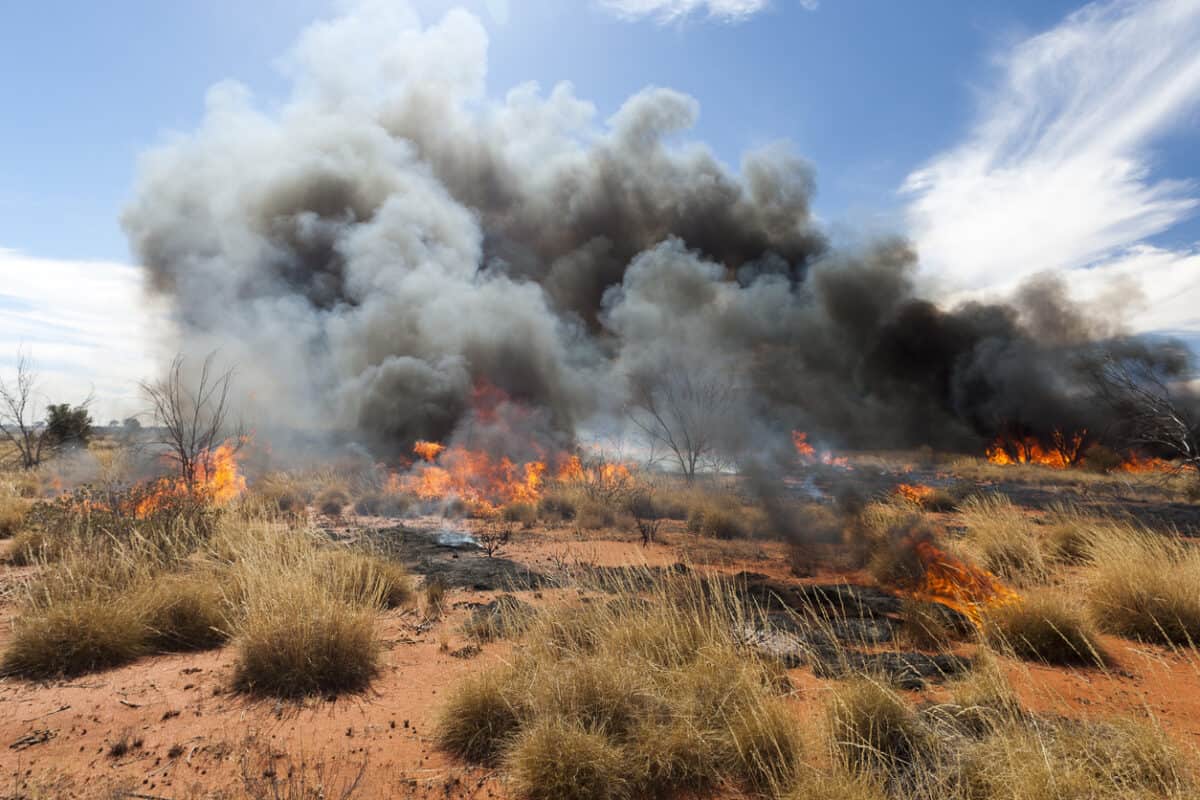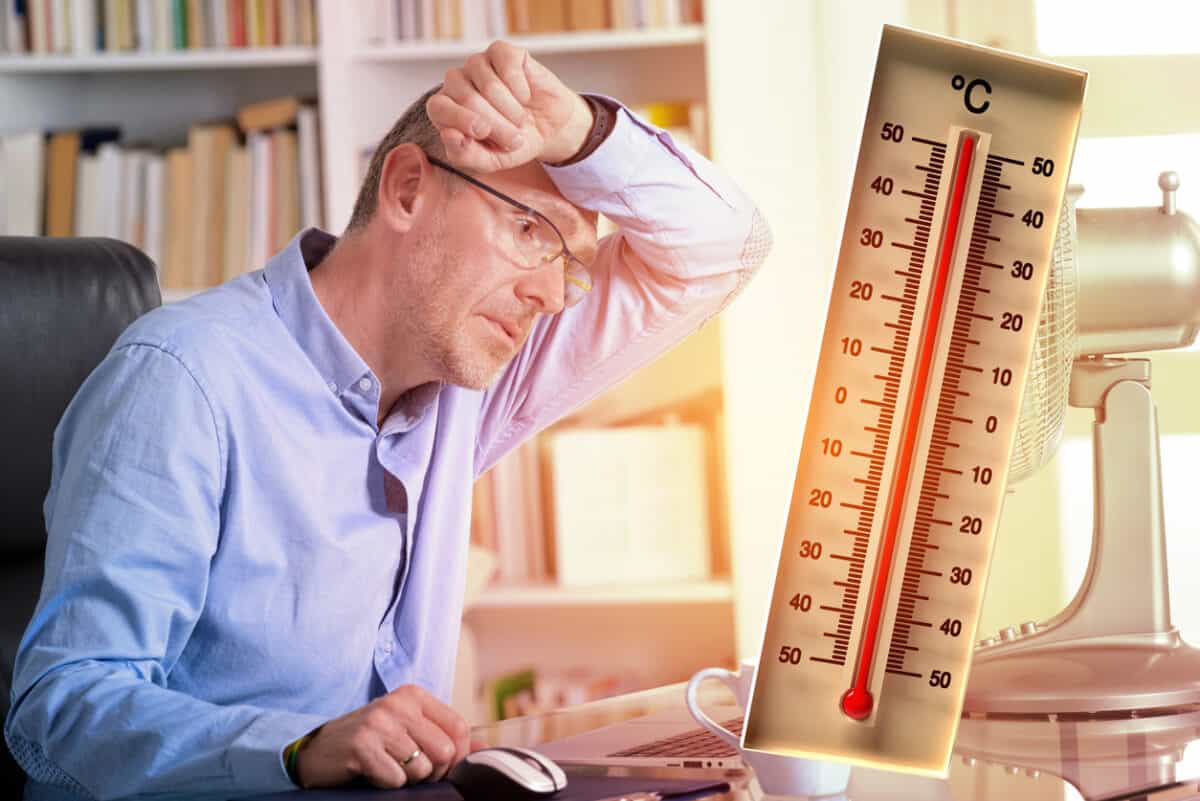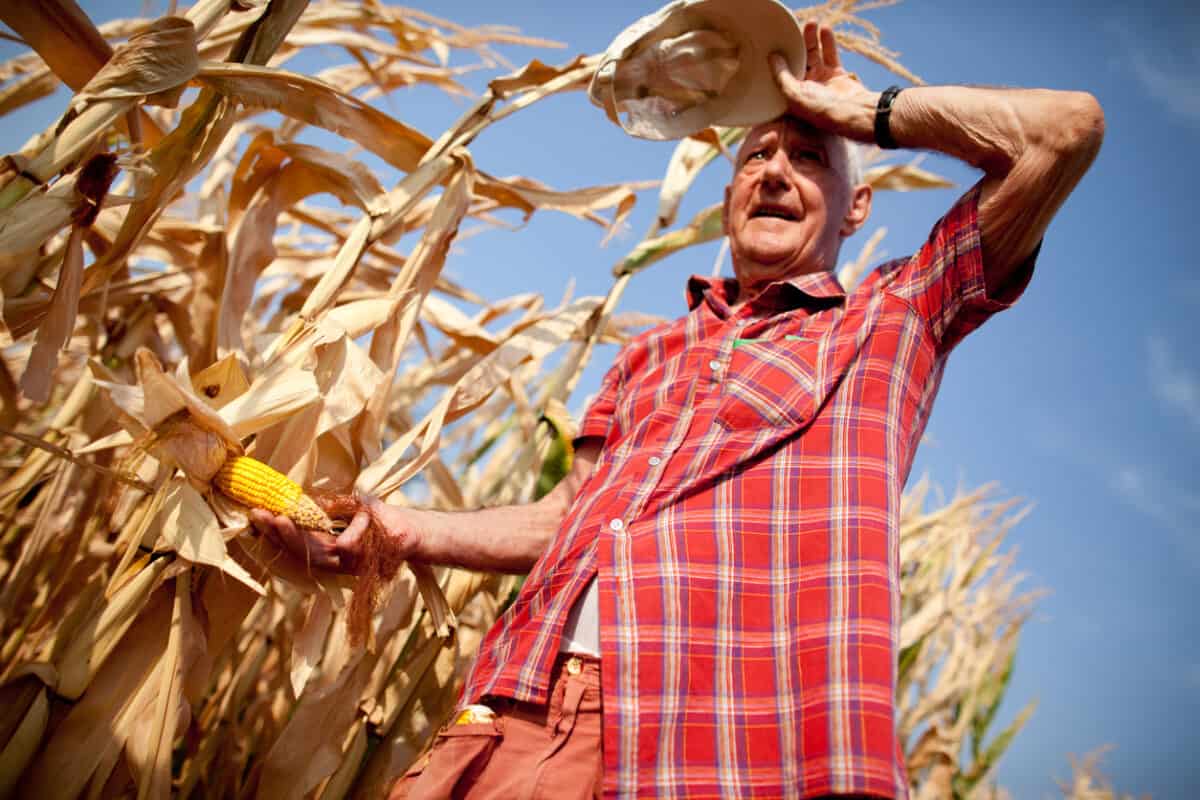New research into working in excessive heat concisely summarises the socioeconomic impacts but misses the obvious strategies to prevent or diminish these impacts. It also includes impacts on productivity, but heat and climate change are not in the current Australian business group discussions about productivity. Those groups could benefit from understanding Gwarda.
Category: heat
The US take on heat and climate change
Coincidentally, as Europe burns and a little blog in Australia writes about the occupational context of excessive heat, a new book called Heat – Life and Death on a scorched planet was in the bookstores. Jeff Goodell, like so many North American authors, writes for his local readers even though his publishers sell books globally.
However, he does address the occupational health and safety (OHS) impacts of heat and offers some adaptations.
Excessive heat is another reason to redesign work
There seems little doubt that global warming is now a reality. It has been forecast since the 1970s at least, but the fact of creeping change needs a turning point, and it seems that the current Northern Hemisphere Summer is that point. The Southern Hemisphere’s turn is only a few months away.
Few are talking about prevention. Instead, it is adaptation. Those adaptations need to be more than interventions at the individual level, such as increased hydration, wide-brimmed hats and facekinis. Global warming (climate change) has been a developing hazard for a while, contributed to by most countries and owned by none. Employees and customers need to reassess their work-related expectations. Here are some occupational issues and controls that deserve active reflection.
Extreme heat
Global warming is affecting how we work just as much as how we live. Working in Heat policies are designed based on experience rather than meteorological and climate forecasts, meaning these documents are always chasing reality and not getting ahead of the occupational hazard.
On January 19, 2023, Steven Greenhouse (coincidental name) looked at the topic of working in extreme for Nieman Reports writing that:
“High heat can be a big problem for the nation’s workers, not just farmworkers and construction workers, but delivery workers, utility workers, landscaping workers, and warehouse workers.”
Will WorkSafe need to become a VicSafe to address climate change?
Occupational health and safety (OHS) professionals are largely aware of the latest international standard for OHS management systems, ISO45001. This is the core standard for businesses to assess their safe systems of work. Others will be aware of the supplementary guidance to ISO45001, like ISO45003 -guidelines for managing psychosocial risks at work.
Recently Phillipe KL Lai Choo spoke about some of the other OHS guidances due for release or development. One of those relates to climate change which could create unexpected changes to how OHS is regulated and enforced.
Will firewalking become the norm?
Occupational health and safety (OHS) will have little effect on reducing the pace of global warming. Still, OHS will definitely need to assist in changing how we continue to work in future weather extremes. SafetyAtWorkBlog has previously written about working in extreme heat, but a new multimedia report from the New York Times (paywalled) illustrates the challenges in some uncomfortable ways.
Heat and the need to change work
Europe is experiencing heat at, or close to, levels never recorded before. This has caused the mainstream media to issue advice on how to avoid adverse health impacts from heat exposure. However, the necessary changes to work are not receiving the attention they should.
Australia has faced such situations before, especially in the last decade, so there is some generic occupational health and safety (OHS) available for translation to the European circumstance.
Continue reading “Heat and the need to change work”






